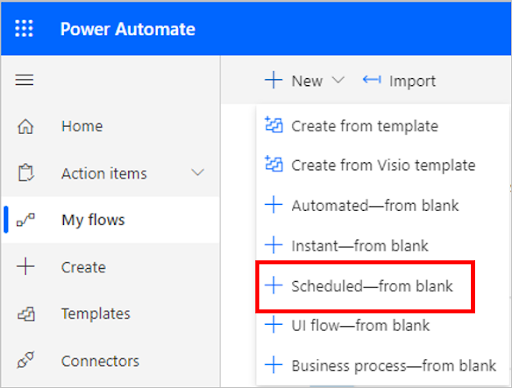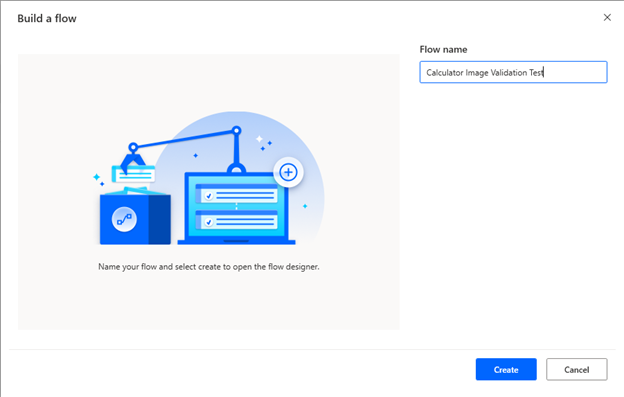


Here, you can find the list of all the machines that you have created or to which you have access. This will create a secure connection between the machine and the cloud environment.Īdmins can also control who can register machines and how they can interact with them using a granular set of built-in permissions and roles.īuilding off of the monitoring experiences we shipped last December, the Desktop flow queues page is transitioning to become a more robust machine management experience. When your desktop is successfully registered, a new Machine is created and you can view and edit the settings of this machine directly from Power Automate Desktop. Once Power Automate has been installed, signing into the application will automatically register the machine with the cloud.

We also listened to your feedback and added more monitoring experiences to better understand how your infrastructure is used, optimize it by levering the new management features or scale it using machine groups.Īiming to keep the set-up experience as streamlined as possible, there are no changes to the installation process. Today, the on-premises data gateway creates this bridge by establishing an enterprise-grade secure connection between your device and Power Automate. How does it work?īy connecting your desktop to the cloud, you can realize the full potential of your robotic process automation (RPA), choosing when to automatically run your automation, even without needing to be present. Try them out starting today, available in preview. We have also introduced new machine-management capabilities to help scale your robotic process automation (RPA). We are excited to announce that Power Automate Desktop can now connect your machine directly to the cloud and run desktop flows without the use of a gateway. Previously, you needed to install and configure an on-premises data gateway to trigger your desktop flows from the cloud.

Errors may occur in both directions, when cloud flow is triggering desktop flow and later when desktop flow is trying to send data back to cloud flow which triggered it.Now there’s an easier way to use desktop flows. In this post I am focusing on errors which may occur in attended or unattended Power Automate Desktop runs basically on the connectivity layer, when those instances are triggered by cloud flows. Let me help you understand where are they coming from and how to resolve them (or create workaround). Over that time I faced a lot of weird errors that were occurring somewhere between cloud flows I used to trigger RPA and the bots themselves. I am working with Power Automate Desktop for more than a year now.


 0 kommentar(er)
0 kommentar(er)
